In the heart of Bordeaux, where vineyards stretch gloriously along the Garonne River, lies a hidden gem that has captivated wine enthusiasts for centuries. Sémillon Wine, renowned for its exquisite white wines, stands as a testament to the region’s unrivaled winemaking heritage.
Amongst its esteemed creations, one particular nectar reigns supreme: Sémillon’s legendary Sauternes. With its luscious golden hue and tantalizing honeyed flavors, this noble elixir quality wine has bewitched palates worldwide. Prepare to embark on a sensory journey through time and taste as we delve into the fascinating story behind Sémillon Wine’s coveted Sauternes.
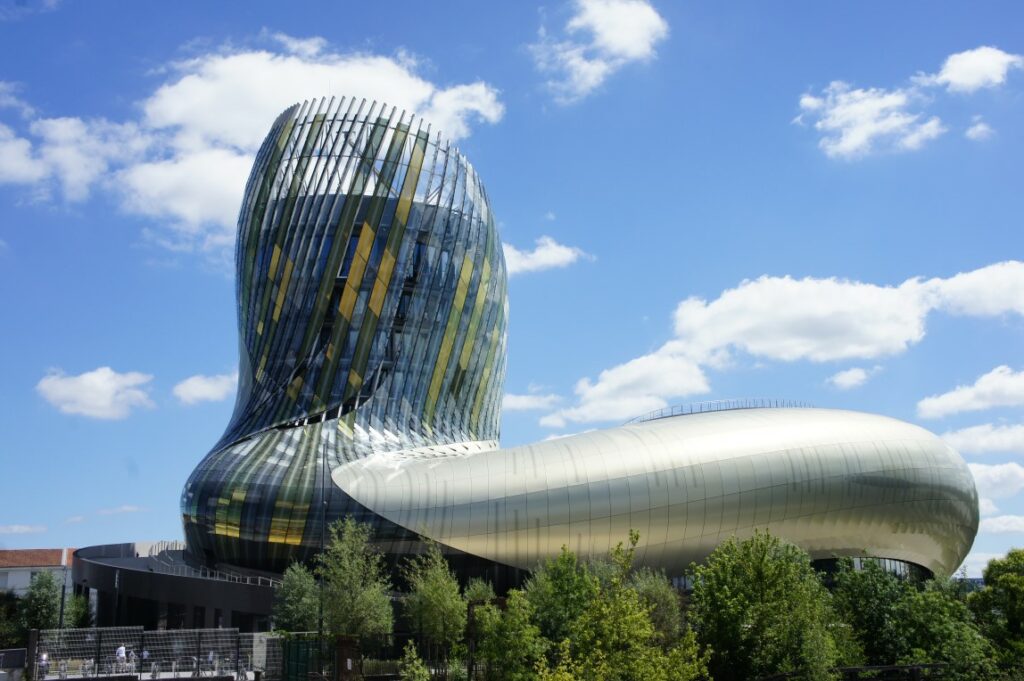
Where Does Sémillon Wine Come From?
Sémillon, a white grape variety known for producing full-bodied and age-worthy wines, has a mysterious origin that has intrigued wine enthusiasts for centuries. While many assume that Sémillon hails from wine grape made from France, specifically Bordeaux, recent DNA testing has revealed a surprising revelation. It turns out that Semillon is actually the offspring of two grape varieties: Sauvignon Blanc and Chenin Blanc.
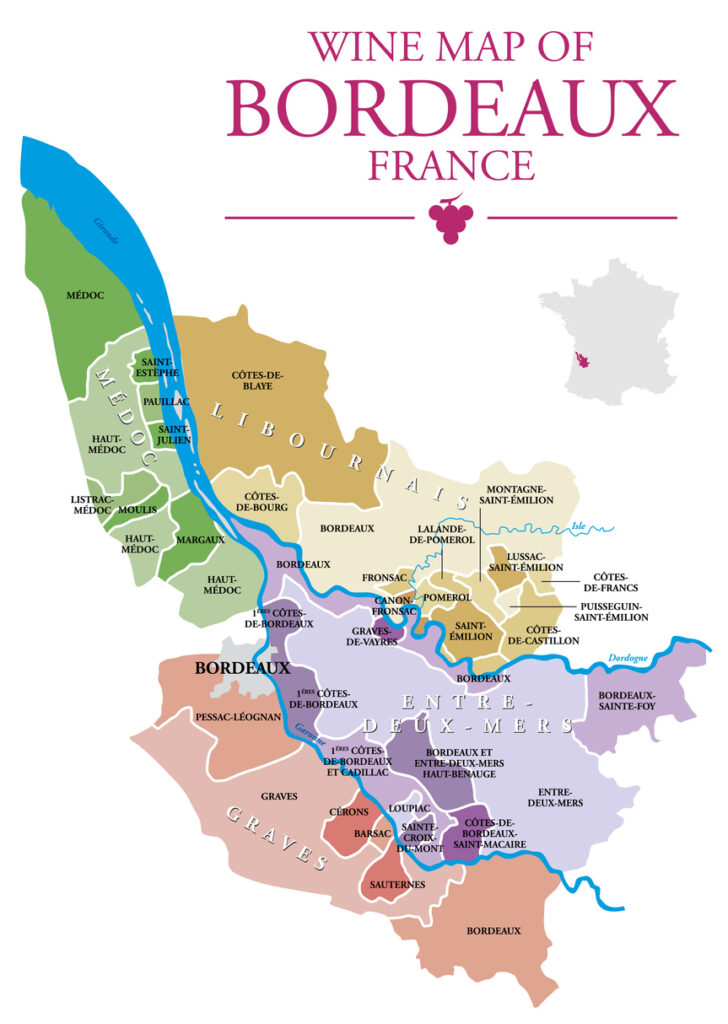
Sémillon Wine Flavors
This discovery sheds light on the unique character of Semillon wines. With its parentage rooted in two distinct grapes, it offers a delicate balance between richness and acidity. The flavors range from honeyed notes to zesty citrus fruits, making it an excellent choice for both sipping on its own or pairing with food. Bordeaux remains one of the most famous regions for Sémillon production, where it is often blended with Sauvignon Blanc to create the iconic dry white wines of the region.

Sémillon Wine in Australia
However, Sémillon’s story doesn’t end in France alone. Australia also boasts an impressive lineage in producing exceptional Sémillon wines. In fact, some argue that Australia produces some of the best examples of this grape variety worldwide. In regions like Hunter Valley and Margaret River, winemakers are harnessing their unique terroir to cultivate Sémillon wines with incredible depth and complexity. These Australian expressions often exhibit vibrant lime flavours when young but can develop into luscious honeyed tones with age.
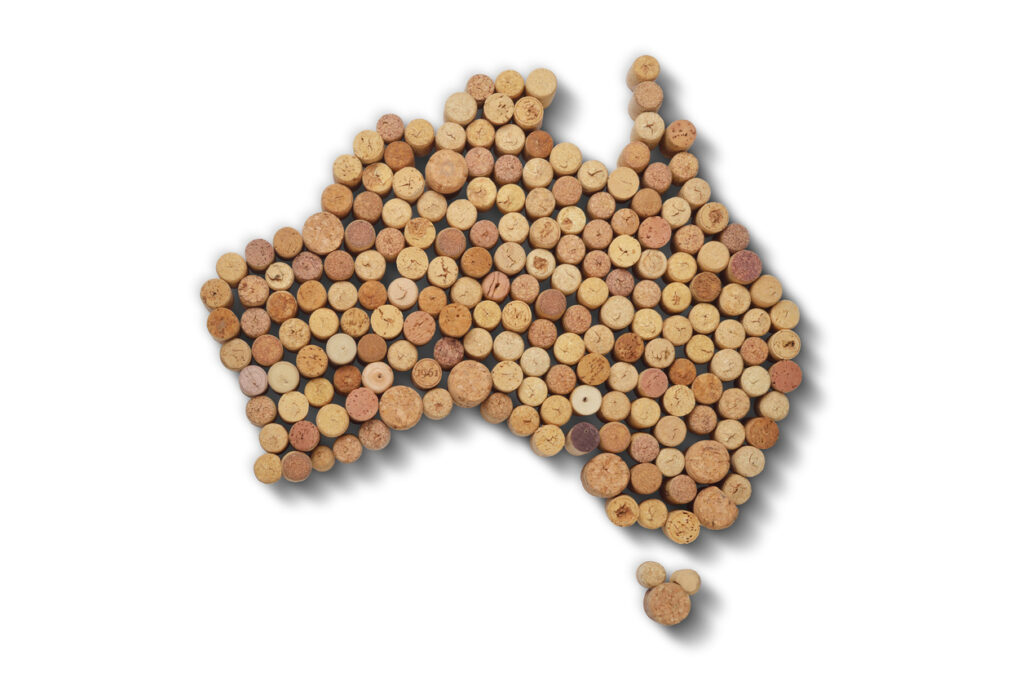
Interesting story about Semillon
Sémillon regions
Sémillon wine is a true testament to the diversity of the wine world. Although Sémillon is planted in various regions worldwide, it has found its true homes in France and Australia.
France
In France, particularly in Bordeaux, Sémillon takes center stage in creating some of the most prestigious white wines around the globe. Bordeaux’s sandy soil provides an ideal environment for Sémillon vines to thrive and produce high-quality grapes. The resulting sémillon based wines are praised for their rich texture, complex flavors of lemon zest, honeyed notes, and distinctive waxy character.

Australia
On the other side of the world, Australia has been making its mark with Sémillon wines since the late 19th century. Particularly famous for its Hunter Valley region located just outside Sydney, Australian winemakers have mastered crafting unique expressions of this varietal. What distinguishes Australian Sémillon wines from their French counterparts is their vibrant fruitiness and zesty acidity that evolves over time into more complex flavors like toast and lanolin characteristics. It is no surprise that these beautifully aged Hunter Valley Sémillons have been dubbed Australia’s gift to the wine world, receiving critical acclaim year after year.

While both France and Australia excel at producing stellar Semillon dry sémillon wines, it is intriguing how they showcase different interpretations of this versatile grape variety. Whether you prefer Bordeaux’s elegant yet layered approach or appreciate Australia’s sunshine-infused vibrancy, one thing remains certain: when it comes to Sémillon wine production, both countries deliver exceptional quality worth experiencing firsthand.
Sémillon Wine in France
Sémillon wine in the Bordeaux region is a hidden gem that deserves more attention. While most people associate such wines from Bordeaux with red wines, Sémillon is a white grape varietal that thrives in this area. Pessac-Léognan, located in the Graves region of Bordeaux, is known for producing some of the finest Sémillon wines in the world.
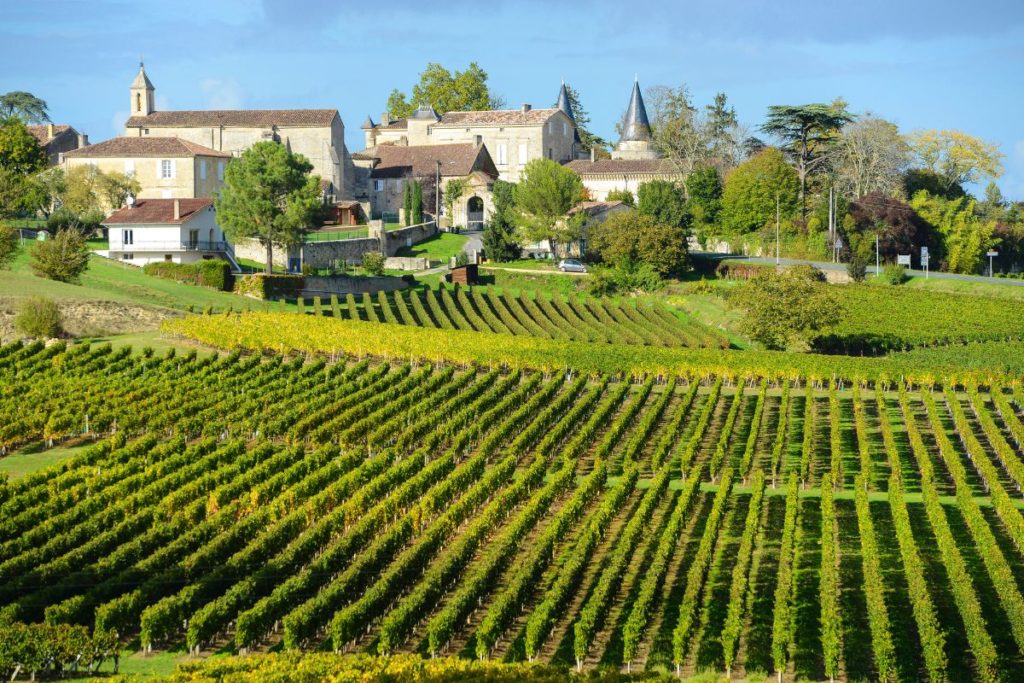
The unique climate and terroir of Pessac-Léognan create ideal conditions for growing Sémillon grapes. The gravelly soils combined with oceanic influences from the nearby Atlantic Ocean produce grapes with exceptional flavors and aromas for sweet wines. These wines often exhibit complex notes of honey, citrus fruits, and lanolin.
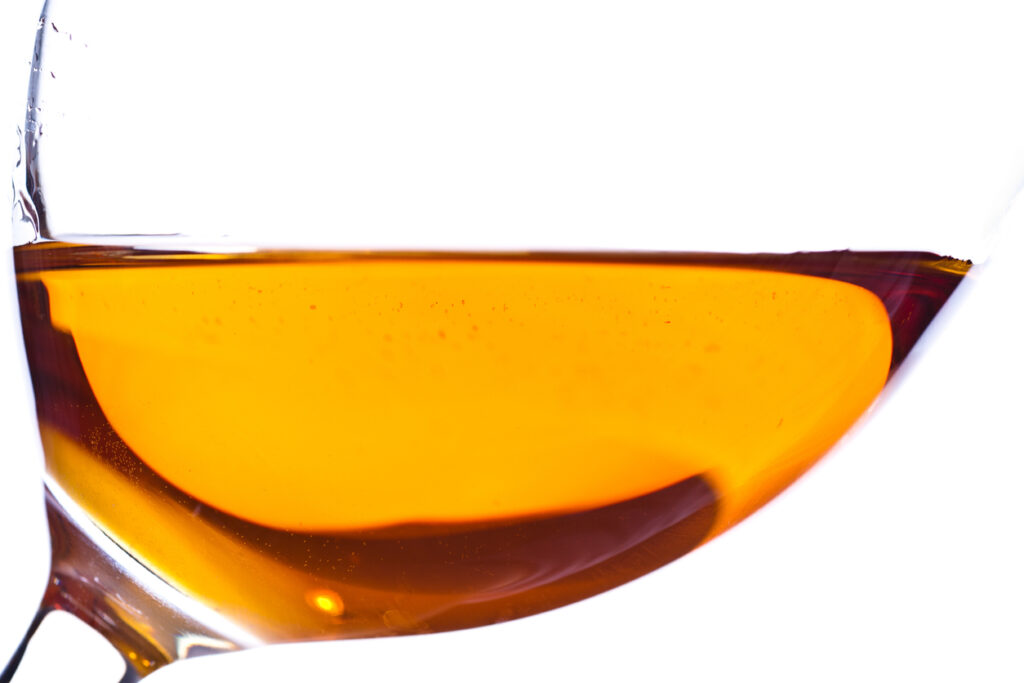
Another standout region for Semillon in Bordeaux is Sauternes. Sauternes is also located in the Graves region. Here, the noble rot fungus – botrytis cinerea – plays a crucial role in creating some of the most luscious and concentrated sweet white wines in the world. Sauternes’ microclimate creates perfect conditions for noble rot to develop on ripe Semillon grapes, resulting in an intensely aromatic wine with flavors reminiscent of apricot, marmalade, and caramel.
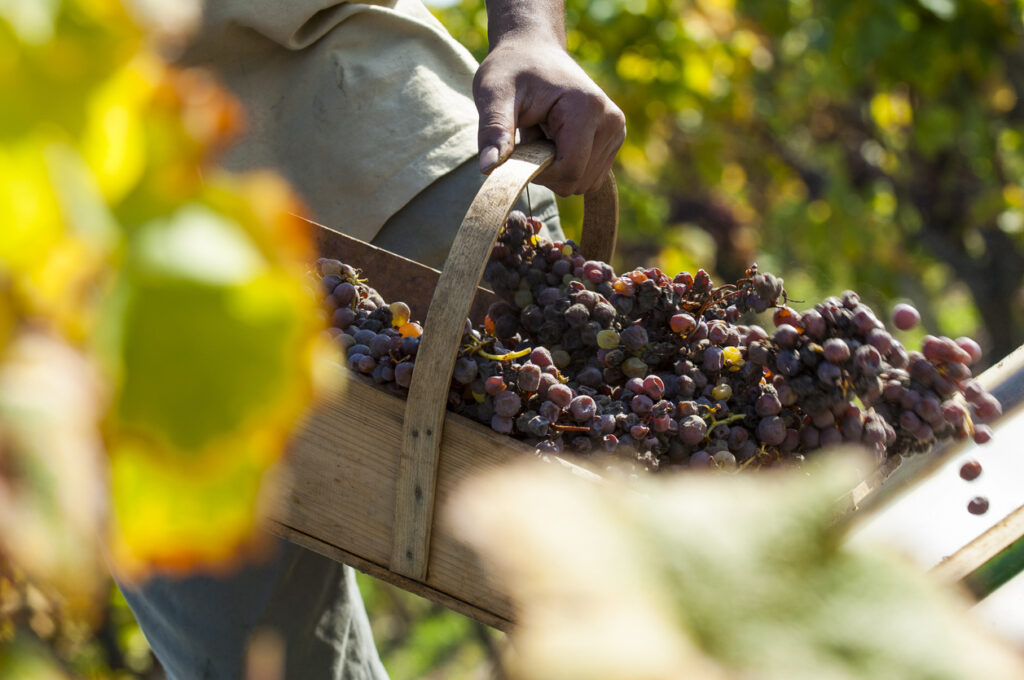
Most Semillon wines are blended with sauvignon blanc to add freshness. This is the case for the Graves region as well as for the Sauternes wines. The Sauternes blend is made from Semillon, Sauvignon Blanc and muscadelle grapes.
Semillon wine in Australia
Semillon wine in Australia is a hidden gem. This grape variety is often overshadowed by its more famous counterparts like Shiraz or Chardonnay. However, this unassuming white grape variety has managed to make a name for itself in the Australian wine industry with its unique characteristics and versatility. One of the key features that sets Australian Semillon apart from others around the world is its ability to age gracefully. Unlike many whites, which are generally consumed young, Semillon has incredible aging potential. This is due to its high acidity and low sugar content.

What makes Australian Semillon truly special is its expression of terroir. Different regions across Australia produce distinct styles of Semillon, each exhibiting their own unique traits and flavors. For instance, Hunter Valley Semillons are known for their vibrant citrus notes and subtle herbaceous undertones. Margaret River Semillons offer a riper and more tropical fruit-forward profile. The diversity within this single grape varietal allows wine enthusiasts to explore various expressions of Semillon without ever getting bored.
What Does Semillon Taste Like?
Semillon wine is a hidden gem in the world of white wines. It is often overshadowed by its more popular counterparts like Chardonnay or Sauvignon Blanc. What sets Semillon apart is its unique taste profile that combines the best of both worlds. On one hand, it offers luscious fruit flavors like ripe apricots and juicy peaches. On the other hand, it surprises with a refreshing acidity that adds brightness to every sip.
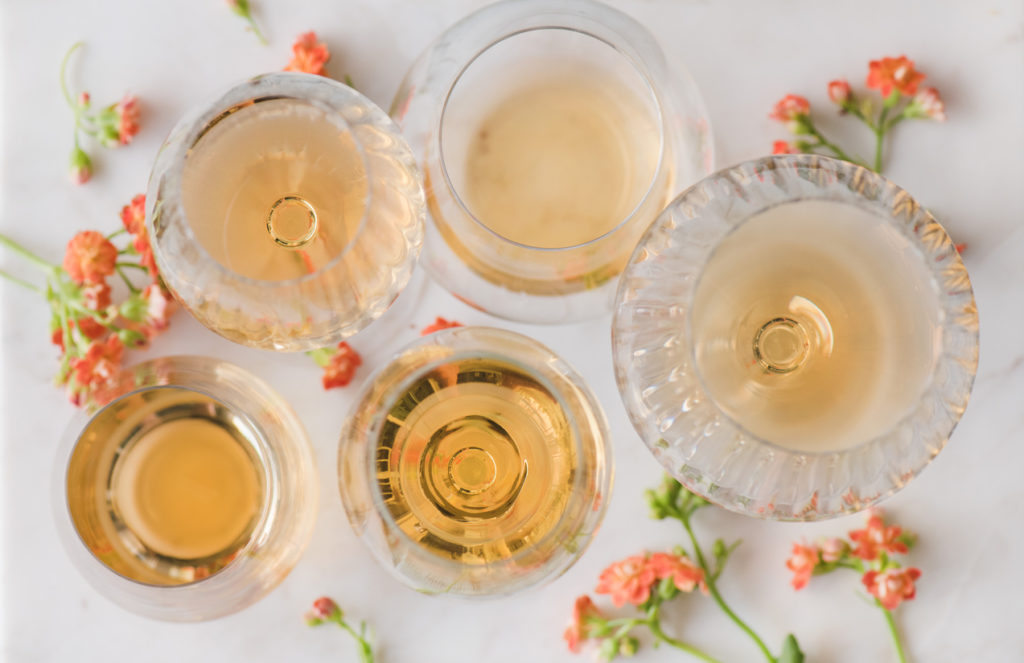
One of the characteristics of dry wine that make Semillon so intriguing is its ability to age gracefully. While many white wines are best consumed within a few years of their vintage, Semillon has the potential for extended cellar time. As it ages, the wine evolves into something altogether enchanting. Its rich honeyed notes emerge along with hints of beeswax and lanolin. These secondary flavors add depth and complexity to an already captivating taste experience.
Different Semillon Styles
Semillon is a versatile grape variety that can produce a wide range of styles, each showcasing unique characteristics. One popular and widely recognized style is the fresh and crisp Semillon made without malolactic fermentation. This style preserves the natural acidity of the grape, resulting in bright citrus flavors that burst on the palate. These wines are usually vibrant and lively, making them perfect for warm summer days or pairing with light seafood dishes.
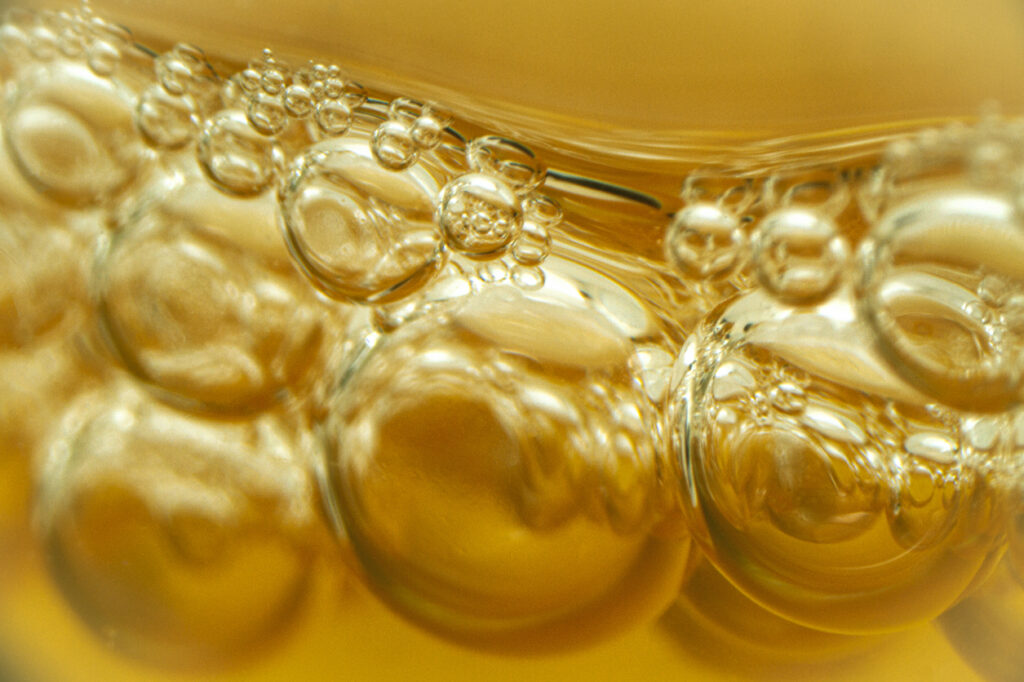
On the other hand, Semillon can also be made in a richer style through malolactic fermentation. This process converts harsh malic acid into smoother lactic acid, creating a rounder and more textured mouthfeel. The influence of this fermentation technique adds complexity to the wine. It generates flavors evolving from zesty citrus to honeyed notes and even hints of toasted nuts. While still maintaining its distinctive Semillon characteristics, this style appeals to those who prefer a more opulent and layered experience.
How to Serve Sémillon Wine
Semillon wine is a versatile and often underrated varietal wine. It can be an excellent choice for both casual gatherings and special occasions. When it comes to serving Semillon, there are a few key considerations that can enhance the experience for you and your guests. First and foremost, make sure to serve Semillon at the right temperature. Ideally, this white wine should be chilled between 45-55°F (7-13°C) to preserve its delicate flavors and aromas.
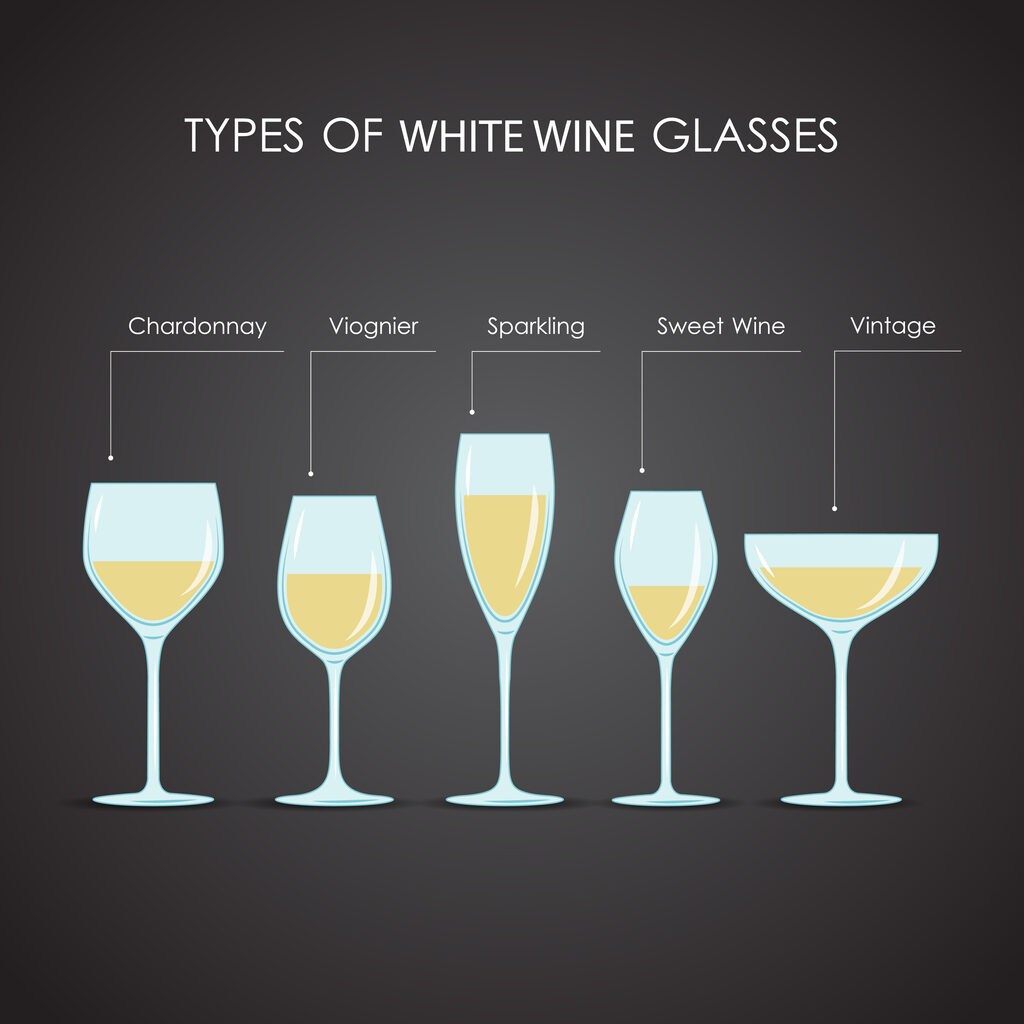
To truly appreciate the nuances of Semillon, consider using tulip-shaped or oversized wine glasses. These types of glasses allow for proper aeration, allowing the wine’s complex flavors to fully develop. Moreover, the wider bowl shape will collect any potential sediment present in older vintages. Lastly, consider decanting the wine before serving it. This process helps aerate younger Semillons by exposing them to oxygen and enhancing their aromatic profile.
Sémillon Food Pairing
In terms of food pairings, Semillon’s versatility shines through once again. Its naturally high acidity makes it an ideal companion for seafood dishes like grilled shrimp or seared scallops. The wine’s fruit-forwardness also complements simple salads and fresh goat cheese beautifully. For those seeking adventure in pairing, try matching aged Semillons with roasted poultry or even spicy Asian cuisine. You might be surprised at how well they harmonize! So next time you’re exploring your options at a wine shop or restaurant, don’t hesitate to reach for a bottle of Semillon. Embark on an unforgettable tasting journey.

